Nutrition
If you find a broken link in this list, please report it to the webmaster.
What is a healthy diet?
Apart from breastmilk as a food for babies, no single food contains all the essential nutrients the body needs to be healthy and function efficiently. The nutritional value of a person's diet depends on the overall balance of foods that is eaten over a period of time, as well as on the needs of the individual. A healthy diet is likely to include a variety of foods, from each of the main food groups, as this allows us to get all the nutrients that we need.
A healthy diet should provide us with the right amount of energy (calories or kilojoules), from foods and drinks to maintain energy balance. Energy balance is where the calories taken in from the diet are equal to the calories used by the body. We need energy to carry out everyday tasks such as walking and moving about but also for all the functions of the body we may not even think about. Processes like breathing, pumping blood around the body and thinking also require energy.
So, foods and drinks provide the energy we need to go about our daily lives but consuming more energy than we need over a period of time will cause weight gain. In the UK, over 60% of adults are overweight or obese and there is concern about the number of children who are overweight. Being overweight increases the risk of developing diabetes, heart disease and some cancers in adulthood, and so maintaining a healthy weight is important for health.
The eatwell plate shows how foods can be classified into five groups shown as wedges of different size. These illustrate the proportions in which we should eat foods from these groups to provide a healthy diet that supplies all the nutrients our bodies need to work efficiently. You will notice that the foods in the two largest groups are all derived from plants.

Each of the groups provides a different range of essential nutrients, emphasising the importance of a varied diet. No single food or even a single food group can provide everything we need. Also, missing out a whole food group from the main four can make it more difficult to achieve a balanced diet. Except for some people under medical supervision, no foods need to be excluded altogether. But as is explained below, some foods are best considered as treats and eaten only in small amounts or infrequently.
The global population is increasing, which puts pressure on valuable resources, including food and water. In turn, food production, along with other aspects of modern living such as cars, results in greenhouse gas emissions that influence climate change. So, to ensure that there is enough food for future generations, it is important to consider the ‘sustainability’ of the diets we eat as well as whether or not the overall diet is healthy. By ‘sustainable’ we mean that the impact the production of the food has on the environment is limited. The type of diet illustrated by the eatwell plate, which includes lots of plant-based foods, has been suggested to be relatively sustainable, especially if the fruits and vegetables consumed are those that are in season.
The eatwell plate

The key to a healthy diet is moderation and balance. The eatwell plate is a guide to the proportion of foods we should eat from each food group and some of the groups are larger than others. Most of what we eat should come from ingredients shown in the two biggest food groups - starchy foods, fruit and vegetables. The meat, fish, eggs, beans group and the milk and dairy products group are smaller, illustrating that quantities from these groups should be less. Only occasional or limited intakes of foods high in fat and/or sugar is signalled by this being the smallest section. It is not necessary to follow the model rigidly at every single meal; instead aim to get the balance between the different food groups right; over the course of a day or even a week.
It is important that we try to stick to the proportions of the eatwell plate and in particular avoid overeating foods high in fat, sugar or salt, as this may be detrimental to our health. However, all foods and drinks can be part of a healthy diet, so we don’t have to give up foods that we really enjoy, unless advised by a doctor or dietitian.
Even within a single group, different foods provide a different selection of nutrients, so variety is important to ensure we get the many nutrients we need to be healthy. Choose a variety of different foods from the first four groups in the list each day, including plenty of fruits, vegetables and starchy foods. Also include some protein-rich foods such as meat, fish and lentils and some milk and dairy foods.
We know from large national surveys that many of us in the UK need to increase our fibre, oily fish, fruit and vegetable intakes and reduce intakes of saturated fat, salt and sugar. The UK government advises that we eat two portions of fish (one portion = 140 g cooked weight) every week, and at least one of these should be an oily type, such as mackerel, herring, kippers, trout, salmon, or sardines. Non-oily types of fish include cod, haddock, coley, pollock, hake, plaice, seabass and seabream. Despite the 5-A-DAY campaign, the most recent National Diet and Nutrition Survey, which looks at dietary patterns and nutritional status of the UK population, highlighted that on average, adults between 19 and 64 years of age consume a total of 4.1 portions of fruit and vegetables each day and only 31% of adults met the 5-A-DAY recommendation.

Should I use the eatwell plate?
For most people, eating a healthy, varied diet will provide all of the nutrients we need to stay healthy. However, at some stages in our lives we may need to take supplements to make sure we get enough of a particular vitamin or mineral. For example, pregnant women or women who are trying to become pregnant are advised to take a folic acid supplement (400 µg each day) to help prevent neural tube defects in the baby (such as spina bifida). Those who are pregnant or breastfeeding, under 5 or over 65 years of age, housebound or do not expose any of their skin to the sun are advised to take a daily vitamin D supplement of 10 µg. For more information on healthy eating in pregnancy, please see our Nutrition for Baby section.
- The eatwell plate is appropriate for most healthy people over two years of age including: vegetarians; people of all ethnic origins; people who are a healthy weight for their height as well as those who are overweight; and pregnant women.
- Children between the ages of two and five years can make a gradual transition towards the type of diet shown in the eatwell plate.
- People under medical supervision or with special dietary requirements may want to check with their doctor if this general description of healthy eating applies to them.
BNF have developed a resource that can be downloaded, see attachment below.
For more information on the sources used in this text, please contact postbox@nutrition.org.uk
*** CLICK AT ANY PICTURE befoo TO ENLARGE IT and see a SLIDE SHOW***
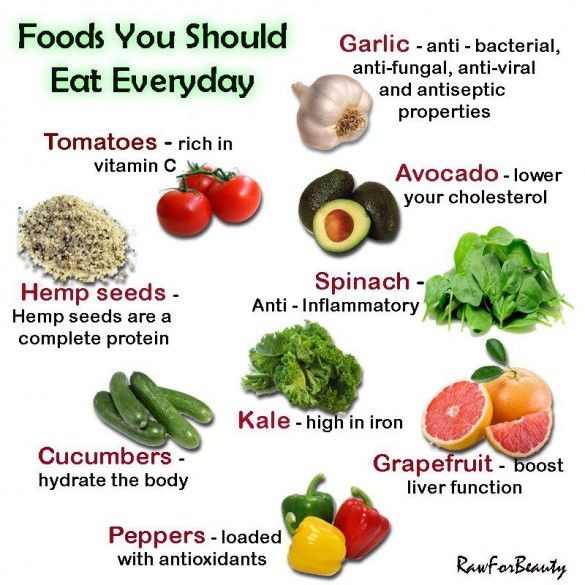 |
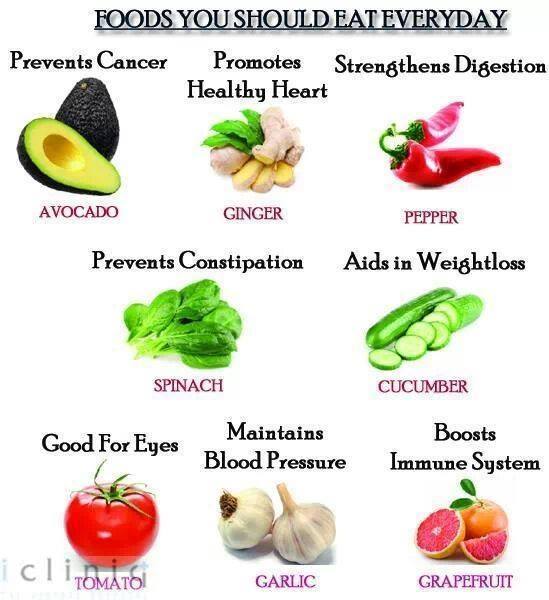 |
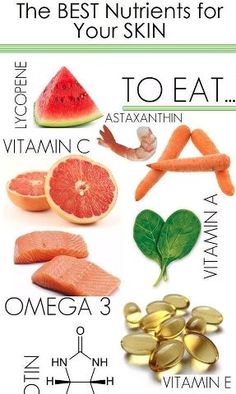 |
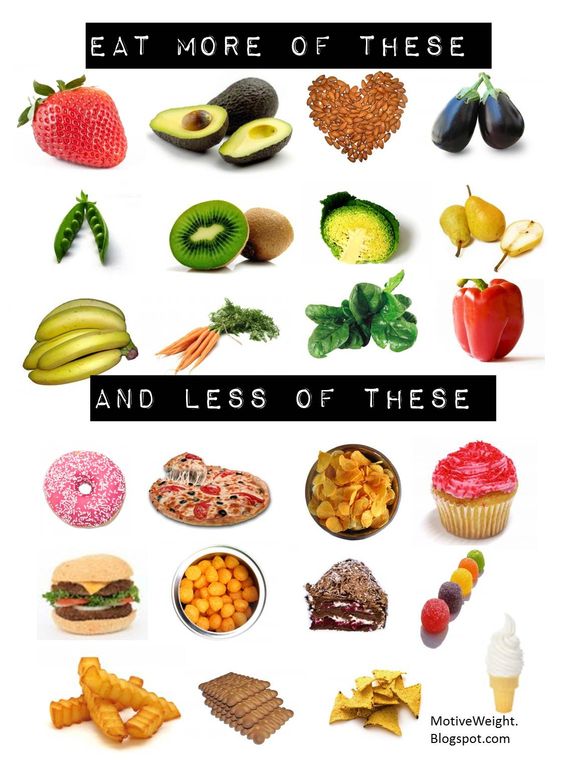 |
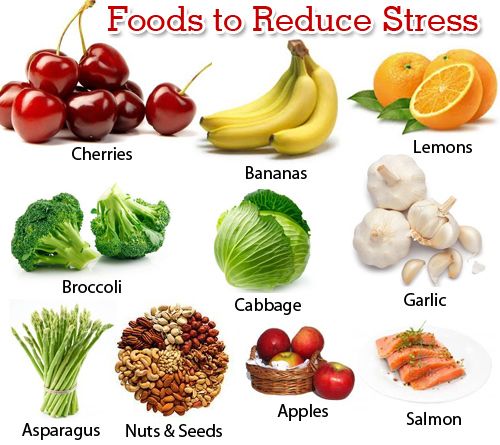 |
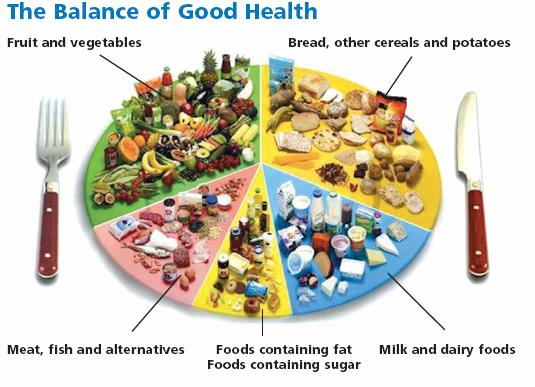 |
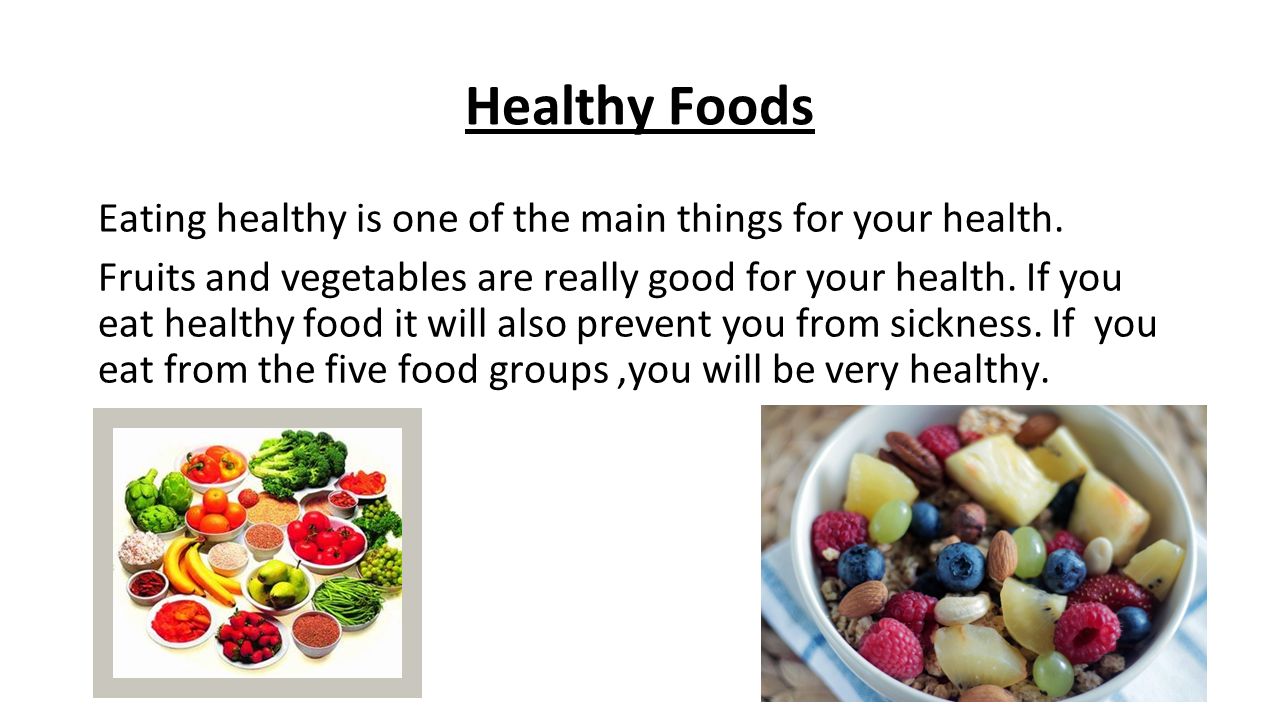 |
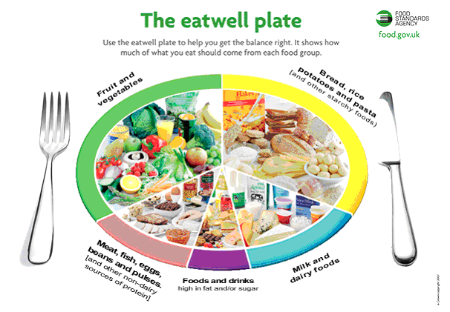 |
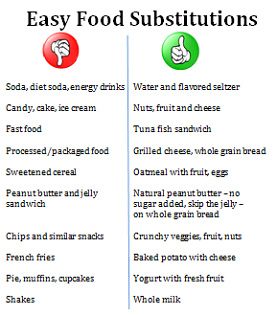 |
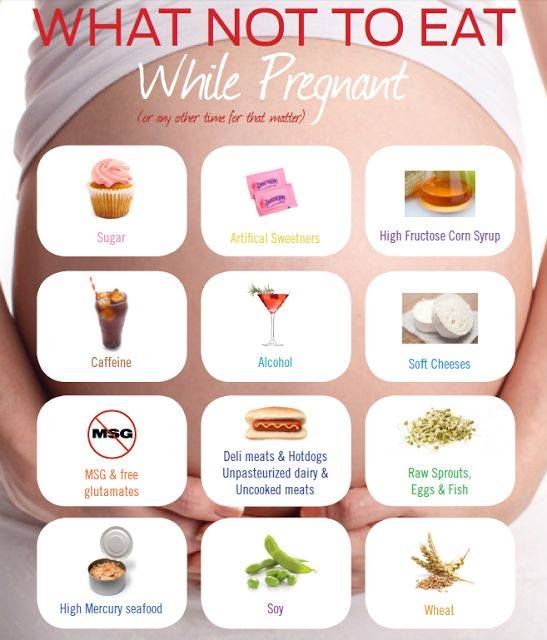 |
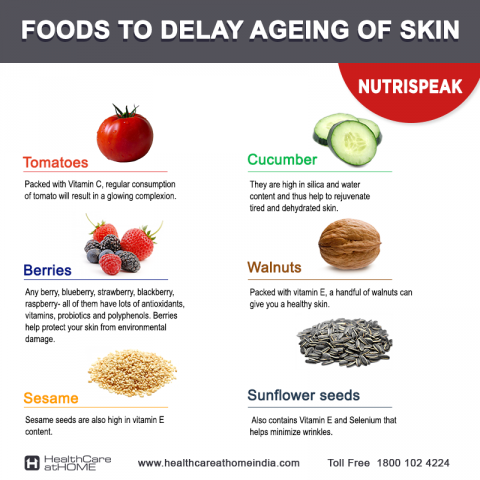 |
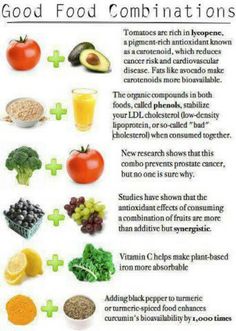 |
 |
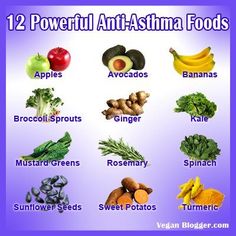 |
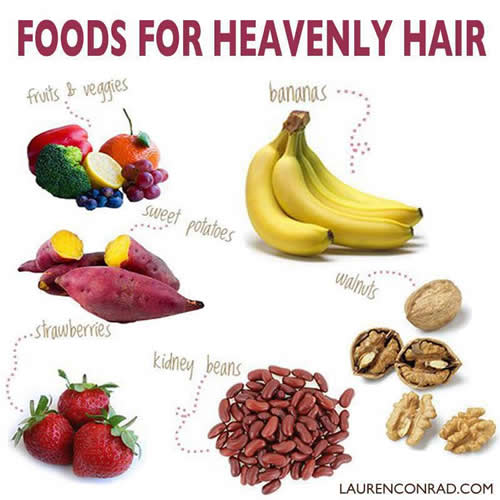 |
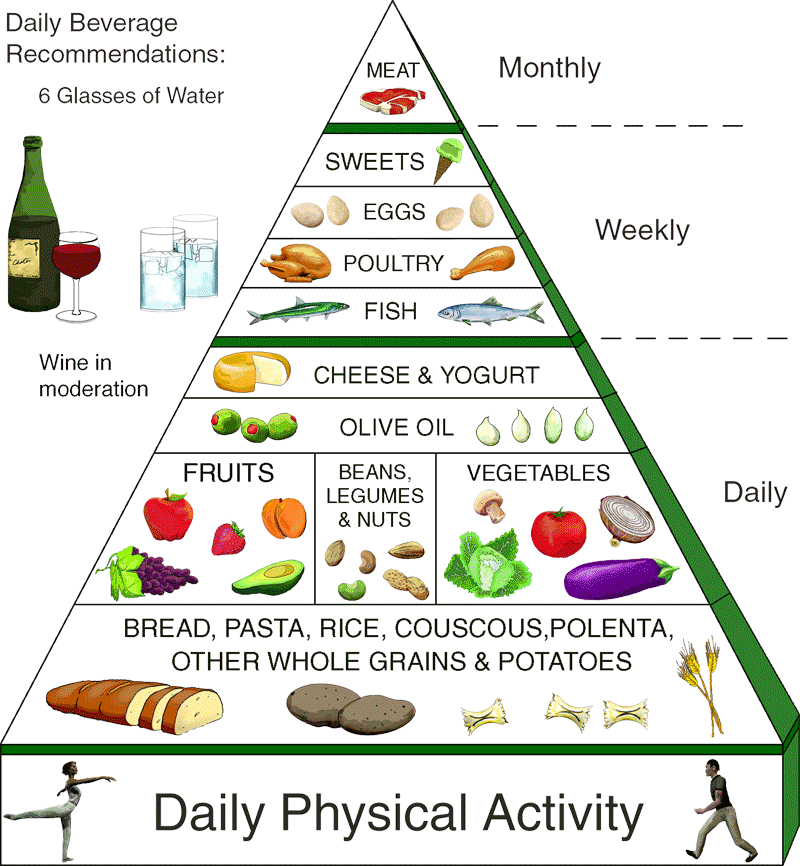 |
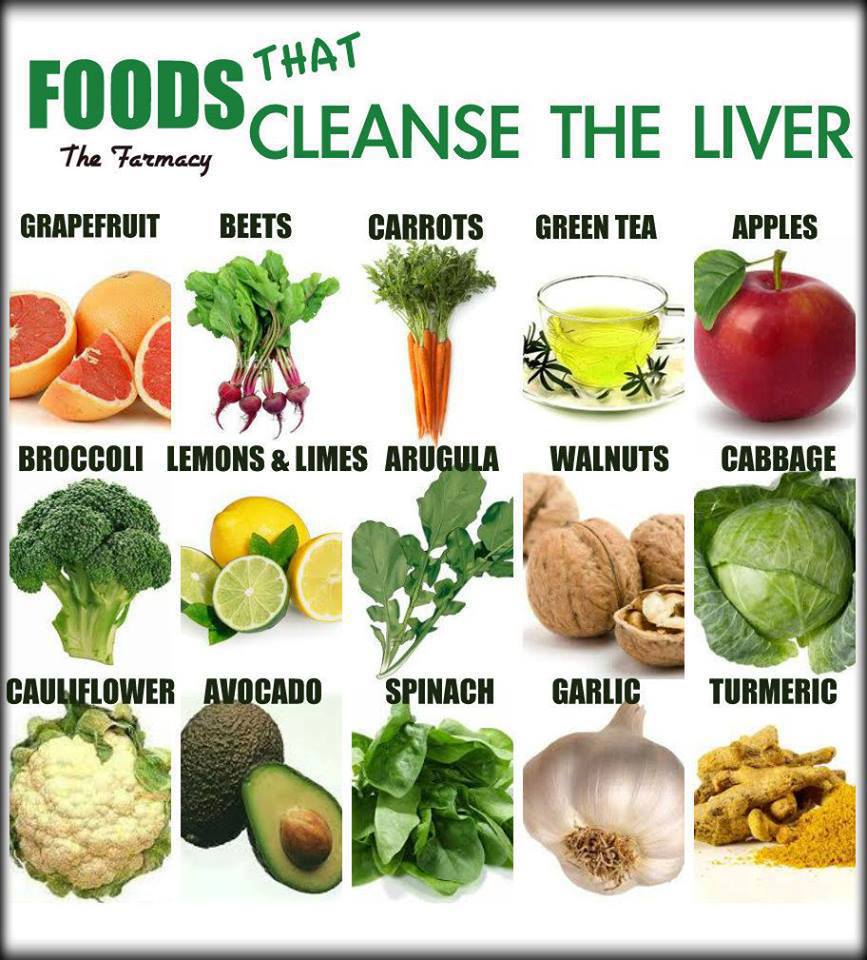 |